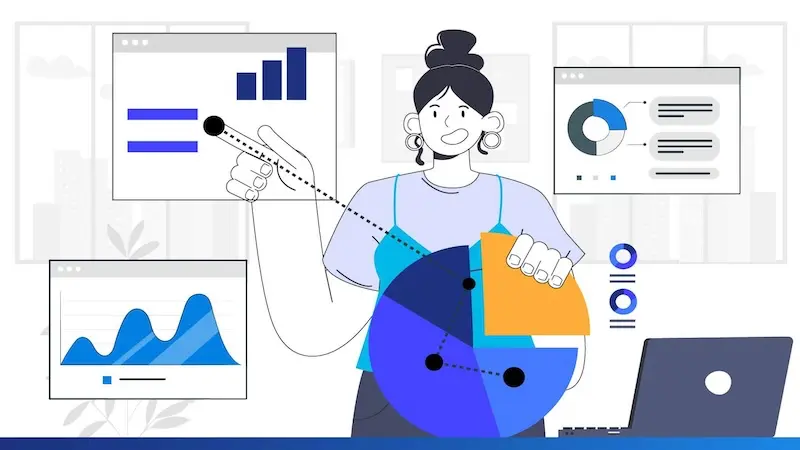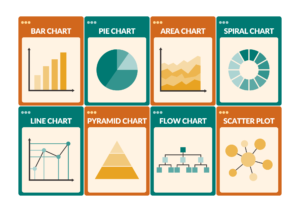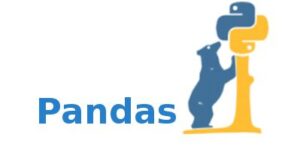Introduction to Statistical Inference for Data Science
Statistical inference is a fundamental concept in data science, providing a framework for making decisions and predictions based on data. It encompasses a variety of techniques that allow data scientists to infer properties of an underlying distribution from a sample. This article delves into the key principles, methods, and applications of statistical inference, with a practical example to illustrate its use.
Understanding Statistical Inference
Statistical inference involves using data analysis to deduce properties of an underlying probability distribution. There are two main types of inference: estimation and hypothesis testing.
Estimation
Estimation involves calculating the value of a population parameter based on sample data. There are two types of estimates:
- Point Estimate: A single value estimate of a parameter (e.g., sample mean as an estimate of population mean).
- Interval Estimate: A range of values within which the parameter is expected to lie, with a certain level of confidence (e.g., confidence intervals).
Hypothesis Testing
Hypothesis testing is a method for testing a claim or hypothesis about a parameter in a population, using sample data. It involves:

Key Concepts in Statistical Inference
Population and Sample
- Population: The entire group of individuals or instances about whom we hope to learn.
- Sample: A subset of the population used to infer information about the whole population.
Parameters and Statistics
- Parameter: A numerical characteristic of a population (e.g., population mean μ\muμ).
- Statistic: A numerical characteristic of a sample (e.g., sample mean xˉ\bar{x}xˉ).
Probability Distributions
Understanding probability distributions is crucial for statistical inference. Common distributions include:
- Normal Distribution: Symmetrical, bell-shaped distribution defined by mean μ\muμ and standard deviation σ\sigmaσ.
- t-Distribution: Similar to the normal distribution but with heavier tails, used when the sample size is small.
- Chi-Square Distribution: Used in hypothesis testing and confidence interval estimation for variance.
Methods of Statistical Inference

For example, suppose we want to estimate the average height of adult males in a city. If we take a sample of 100 adult males and find their average height to be 175 cm, this sample mean (175 cm) serves as a point estimate of the population mean.



Practical Example: Inference in Action
Let’s consider a practical example of statistical inference in data science: testing the effectiveness of a new drug.
Problem Statement
A pharmaceutical company has developed a new drug to lower blood pressure. The company wants to test the drug’s effectiveness. The null hypothesis is that the drug has no effect on blood pressure.
Data Collection
The company conducts a clinical trial with 100 participants. The blood pressure reduction (in mmHg) for each participant is recorded.

Decision Rule: Compare the test statistic to critical values from the t-distribution. For α=0.05\alpha = 0.05α=0.05 and 99 degrees of freedom, the critical t-value is approximately 1.66.
Conclusion: Since 25 is much greater than 1.66, we reject H0H_0H0 and conclude that the drug significantly lowers blood pressure.

Applications of Statistical Inference in Data Science
Statistical inference is widely used in various domains within data science:
- A/B Testing: Comparing two versions of a webpage or product feature to determine which one performs better.
- Predictive Modeling: Estimating future values based on historical data using regression analysis.
- Quality Control: Monitoring manufacturing processes to ensure products meet specified standards.
- Clinical Trials: Assessing the effectiveness and safety of new medical treatments.
- Market Research: Analyzing consumer preferences and behaviors to make informed business decisions.
Conclusion
Statistical inference provides powerful tools for data scientists to draw conclusions about populations based on sample data. By understanding and applying techniques like point estimation, confidence intervals, and hypothesis testing, data scientists can make informed decisions and predictions. This knowledge is essential for anyone working in data-driven fields, helping to turn data into actionable insights.




